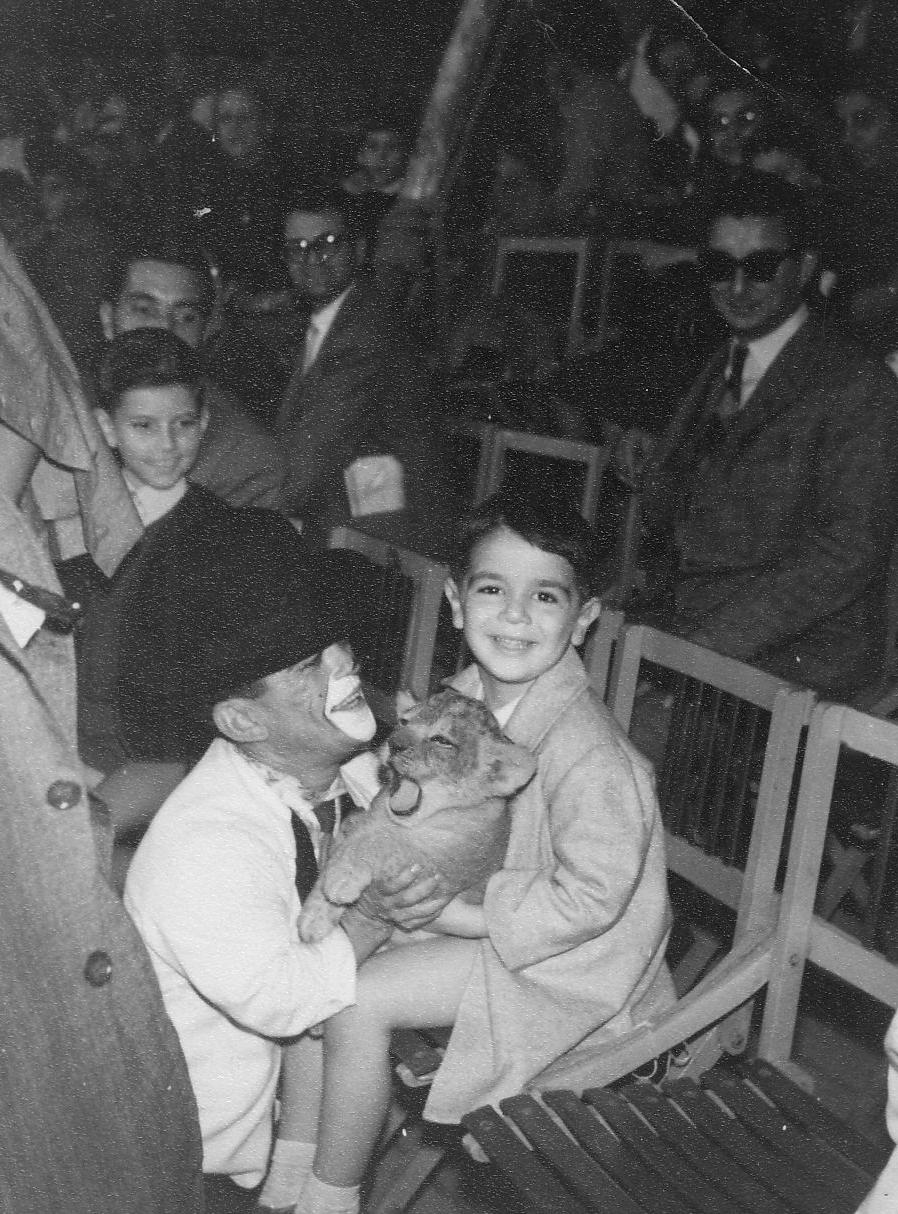
Figure 1.--Here we see a little French boy at the circus in 1959. What boy would not be estatic about being able to hold a lion cub in his lap. Notice how formally everyone is dressed, including the boys. |

|
Another popular entertainment for children in France is the circus. The modern circus was actually invented created in England by Philip Astley (1742-1814), a former cavalry Sergeant-Major turned showman. He served in Seven Years War and after the wr began to put his riding skills to work. As this proved popular, other animals and other cts were gradually added by different howmen. The idea soon spread to other countries. Equestians also led the way in etablishing a French crcus tradition, but foreign performers also toured France. The first Frenchman we know of was equestrian Jacques Tourniaire (1772-1829), but he is more associated with pergorming in Russia (1816). After he died, his sons estanlished a family trafition, performing in Siberia and then on to India, China, and America. The man most associated with the circus was another equestrian Louis Soullier (1813-1888), bu he also venturedto fireign countries. He managed Vienna's Circus at the Prater, biut then began touring, first to the Balkans. He settled in Turkey for a while. Mext he went to China and helped establdh the circus there (1854). He returned to Europe (1866). He brought Chinese acrobts with him. Until this time animal acts perdominated in circus performnces. Th Chinese performers were the origin of what became circus staples: perch-pole balancing, diabolo-juggling, plate-spinning, hoop-diving, etc to the Western circus. The American Barnum & Bailey Circus introduced "Greatest Show on Earth" and the three-ring circus to European audiences (1897-1902). This completed the evolution of the modern curcus which French children enjoyd in the 20th century. Th major cicuses tournd the big ccities. There were, hiweverm smaller troups thr performed in smaller cities and towns. he circus was a favioite activity for many French children for much of the 20th century. This began to change t the end of the century as entertiment interests and animal welfare concerns began to be raised.
Navigate the Boys' Historical Clothing Web Site:
[Return to the Main French activity page]
[Return to the Main circus page]
[Introduction]
[Activities]
[Biographies]
[Chronology]
[Countries]
[Clothing styles]
[Bibliographies]
[Contributions]
[FAQs]
[French glossary]
[Images]
[Links]
[Registration]
[Tools]
[Boys' Clothing Home]
Navigate the Boys' Historical Clothing French pages:
[Return to the Main French page]
[French choirs]
[French school uniforms]
[French school smocks]
[French royalty]
[French sailor suits]
[French scout uniforms]
[Difficult French images]
[French art]
[French Movies]
[French ethnics]
